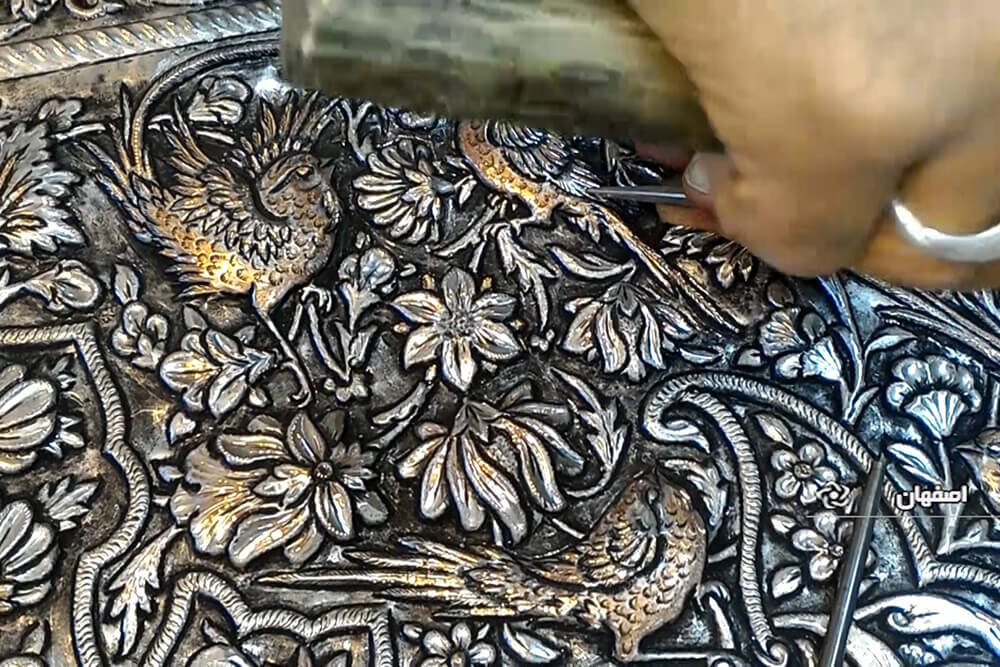Handicraft courses empower inmates in Zanjan

TEHRAN – Training courses in two fields of handicrafts were held in the central prison of the northwestern Zanjan province in a bid to empower the inmates, the provincial tourism chief has said.
Organized by the province’s Cultural Heritage, Tourism and Handicrafts Department in collaboration with Zanjan’s General Administration of Prisons, the courses were aimed to provide the opportunity for the inmates to gain employment after their release in the fields of weaving kilim and toreutic, Seyyed Saeid Safavi explained on Sunday.
The courses also aimed to promote handicrafts as a source of income, the official added.
Kilim is a pileless floor covering handwoven in most places where pile rugs are made. The term is applied both generally and specifically, with the former use referring to virtually any rug-like fabric that does not have a pile.
When used specifically, the term refers to a more limited number of techniques, including slit tapestry, warp sharing, and various forms of interlocking tapestry weave.
The kilims are often woven on narrow looms, and two mirror-image pieces are sewn together along the long edge to produce the completed kilim. The vertical color junctions involve a discontinuity of the wefts, the colored yarns that produce the design. At these boundaries, there are small slits in the fabric. Extremely fine kilims of silk were woven for the Safavid court (1502–1735), possibly in Kashan.
Toreutics is the practice of decorating metal objects with exquisite engravings and pictures by hammering or engraving them with burins.
The softness and flexibility of copper make it the most popular of the metals used in this type of artistic metalworking. Artists have been drawn to toreutics or engraving on metals with burins due to the material's long lifespan and consistency compared to other objects.
To reduce the sounds of hammers or burins and to reduce the risk of coin penetrations, contemporary artists or craftsmen in this field coat the inner or below part of the metal dish or tray with tar and plaster solution. They then draw the pattern on the dish and choose the appropriate burin and hammer at the end of the burin to form the grooves and patterns on the dish with differing intensities of hammer strikes.
Toreutic patterns have always been influenced by ideological and cultural changes throughout the various historical and cultural periods, and have had their own unique historical evolutions based on social conditions. There are several styles of toreutics, including relief, mid-relief, engraving, and latticework.
Tourism ministry helps empower inmates
In October 2020, the Ministry of Cultural Heritage, Tourism, and Handicrafts signed a memorandum of understanding with the Prisons, Security, and Corrective Measures Organization to create jobs and make income for prisoners.
The MOU also aimed at implementing special educational and promotional programs, identifying talented prisoners, and improving their social status.
ABU/AM
